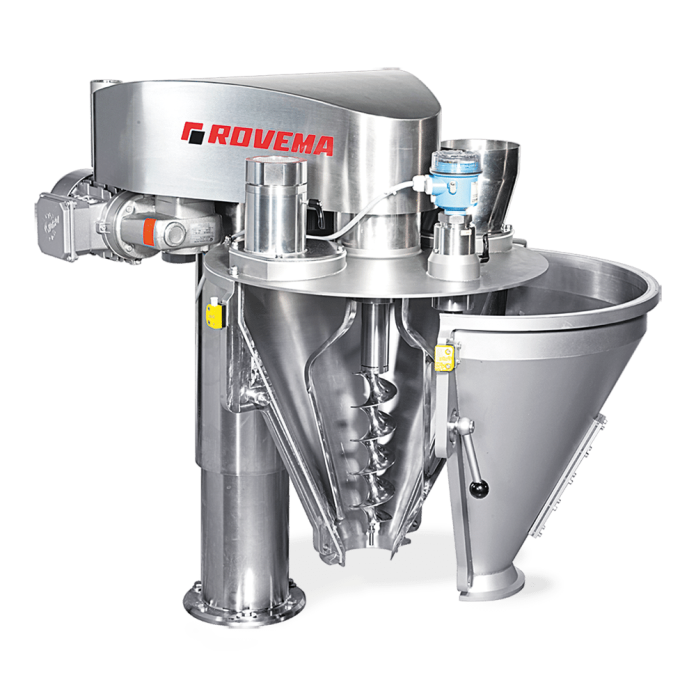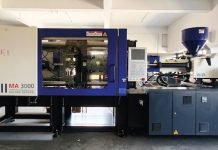
In the fast-paced world of powder packaging, achieving excellence in performance is crucial for staying competitive. Benchmarking, the process of comparing one’s performance metrics to industry standards or best practices, can be a powerful tool for identifying areas of improvement and driving operational excellence. In this article, we will explore key performance indicators (KPIs) for evaluating powder filling processes, strategies for continuous improvement and optimization, and real-world examples of successful performance measurement.
Key Performance Indicators (KPIs) for Powder Filling Processes:
Fill accuracy
Measure the accuracy of powder filling by comparing the actual fill weight to the target weight. This KPI is critical for ensuring low ownership costs. Depending on the product cost, give away is the number one cost. While we do not want to underfill, overfilling needs to be kept to the minimum. The filling technology used and the setting and maintenance are crucial.
2. Throughput
Filling lines are automated to various degrees depending on the business economics. One benchmark would be figuring out tonnage packaged per square feet of packaging area per shift. One can gradually increase the level of automation to take this number higher.
Labour used
Managements know labor is a complicated subject in India. Automation per se means less labor. However from the cost optimization point of view, every input cost needs to be reduced. So it applies to labor too. Tonnage packed per person per shift is another metric that needs to be tracked. Automation in areas where hygiene is involved needs to be looked at first. In today’s world, jobs that are monotonous and repetitive will have to go, especially when we want to be the factory of the world.
Efficiency
Calculate the overall equipment effectiveness (OEE) to assess the efficiency of the powder filling process. OEE considers availability, performance, and quality to provide a comprehensive view of equipment performance. When more than one equipment is part of the line, the line efficiency is a multiple of individual equipment efficiencies. One can apply the theory of constraints to identify the equipment with the lowest OEE and further drilling down to the issue that is reducing the efficiency. Continuous data collection and improvement strategies need to be deployed.
Downtime
Monitor the amount of time equipment is not in operation due to maintenance, changeovers, or other issues. Minimizing downtime is key to maximizing productivity. Unplanned downtime can really impact businesses. MTBF (mean time between failures) is the metric that needs to be developed. Higher the MTBF, higher is your line efficiency and delivery dependability.
Cost per unit
Analyze the cost associated with filling each unit of powder, including power, labor, materials, and equipment maintenance. Identifying opportunities to reduce costs can improve profitability. The company needs to develop a total cost of ownership format. This then needs to be reviewed frequently and areas for improvement identified and implemented.
Wastages
Wastages are costs. These need to be measured and reported. The root cause for wastage needs to be addressed. Wastage involves packaging material, product, and time.
Strategies for continuous improvement and optimization
Data
In today’s world, data acquisition and visualization in real time are essential. Most organizations would have to broaden their data acquisition areas. Data acquisition should be automated and real time dashboards established. Raas Intellisolutions is working in this space. While many others can do the job, Raas is backed by domain experience.
2. Regular performance reviews
Conduct regular reviews of KPIs to identify trends and areas for improvement. Use data analytics tools to gain insights into performance drivers. Set up an organization with specific responsibilities in different areas for improvements.
3. Employee training
Invest in training programs to ensure that employees are skilled in operating and maintaining powder filling equipment. Well-trained employees are more likely to achieve optimal performance. Awareness based on data generated will help. People aware of what affects efficiency and what lower costs can be expected to be engaged in improving these metrics.
4. Equipment maintenance
Implement a preventive maintenance program to reduce downtime and ensure that equipment operates at peak efficiency. Keeping critical spares and maintaining spares consumption and review of the same is essential. Predictive maintenance can be deployed by using data analytics.
Equipment rating
Equipment based on the above metrics needs to be rated against time and against other equipment. Also, one can compare against expected standards. This could help us in engaging with the vendor and better selection in the future purchases.
Supplier partnerships
Collaborate with suppliers to identify opportunities for improvement in raw materials or packaging materials that can enhance the powder filling process. Evaluate newer technologies and innovations. We need a dedicated team that welcomes new vendors, listens, evaluates. My own experience is that large and successful organisations sometimes make it tough for smart vendors especially when they are new or offering innovation. Entertaining such vendors does take effort but when done intelligently, can yield fantastic results. When we approached a large company, we struggled to get an audience. It took us two years for a breakthrough. The client bought many equipment subsequently, and the innovation went on to become an industry standard.
Real-world examples of successful performance measurement
Reducing give away
An FMCG company was giving away 15 grams in every kilogram of product. While technology was the same in every plant, each plant reported different results, sometimes different from real results. By deploying a different filling system, the company was able to reduce this give away to 9 grams. A reduction of 6 grams, this resulted in annual savings of Rs 10 million (Rs 1 crore) per annum per machine. Eventually, all the filling systems were replaced.
2. Continuous improvement
This FMCG corporation was actively involved in collecting data for continuous improvement. In my experience, continuous improvement is a culture in such organisations. They met us and told us that they do two roll changes per shift, and this results in a loss of 45 minutes. (Power of data!). We then designed a system for roll changeover without machine stoppage. This example illustrates the power of continuous improvements, data collection and vendor collaboration.
In conclusion, benchmarking is a valuable tool for evaluating and improving powder packaging processes. By focusing on key performance indicators, implementing strategies for continuous improvement, and learning from real-world examples, companies can achieve operational excellence and competitive advantage in the powder packaging industry.









